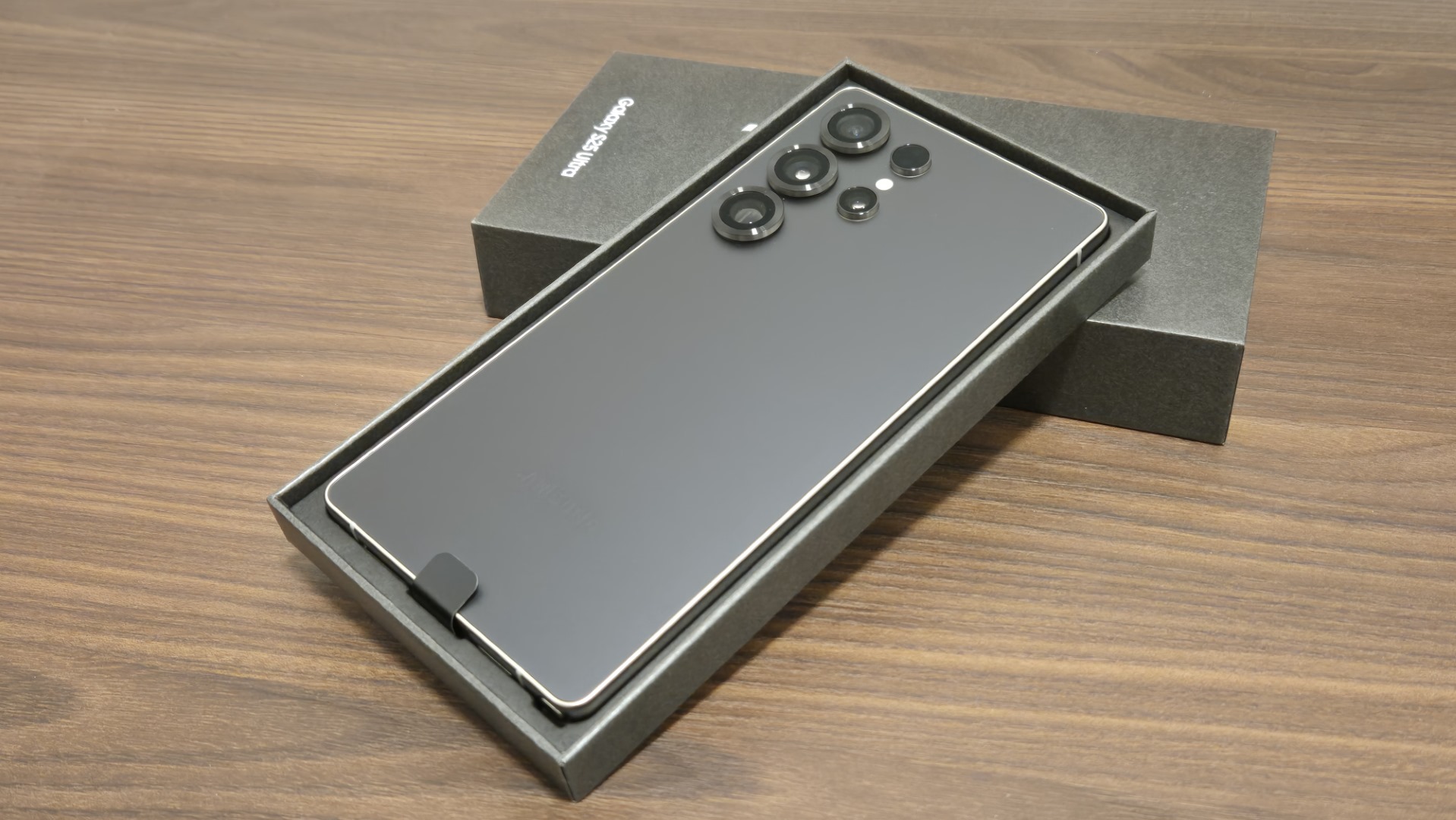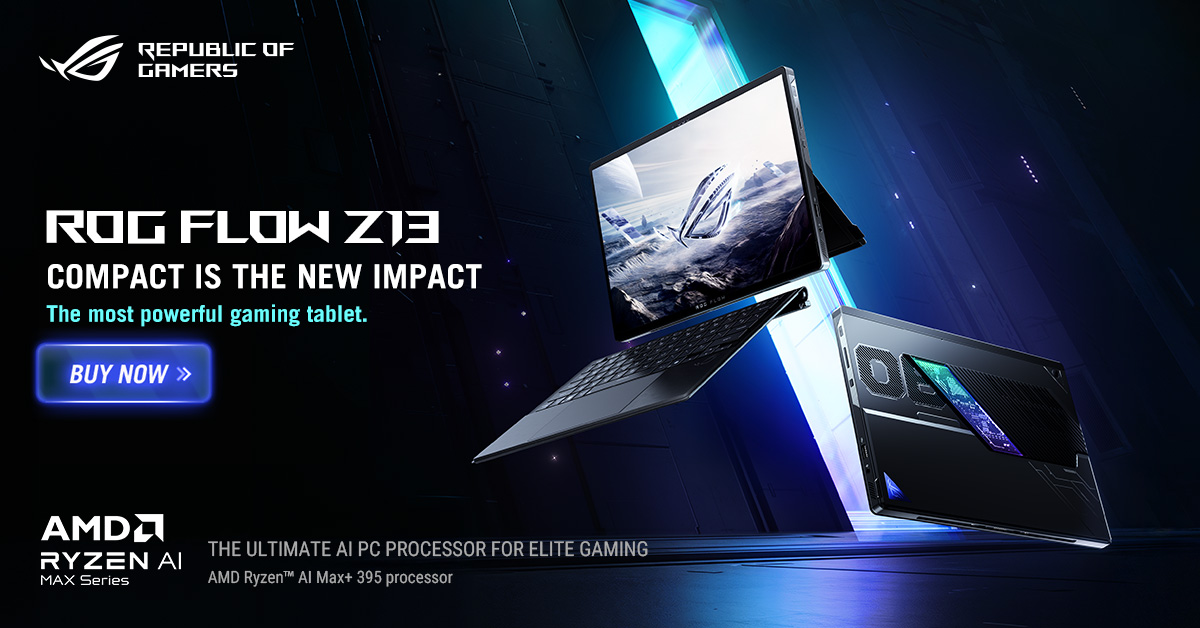Samsung’s Galaxy S25 Ultra has been in our hands for some time now, and after thorough testing, it’s time to see if it truly delivers on its promises. In our Unboxing and First Impressions piece, we explored the initial feel of the device, its design refinements, and the key upgrades Samsung introduced. But now, with extended real-world use, we can determine whether those improvements translate into a meaningful leap forward or if they’re just minor refinements to an already solid formula.
As a quick refresher, the Galaxy S25 Ultra is Samsung’s latest flagship in the Ultra series, boasting hardware upgrades, AI-driven features, and a few design tweaks. In Malaysia, it’s available in three storage configurations: 12GB RAM + 256GB (RM5,999), 12GB RAM + 512GB (RM6,599), and 12GB RAM + 1TB (RM7,799). Samsung is also running a pre-order promotion, allowing customers to upgrade to double the storage at no extra cost—making the 512GB model available at RM5,999 and the 1TB model at RM6,599.
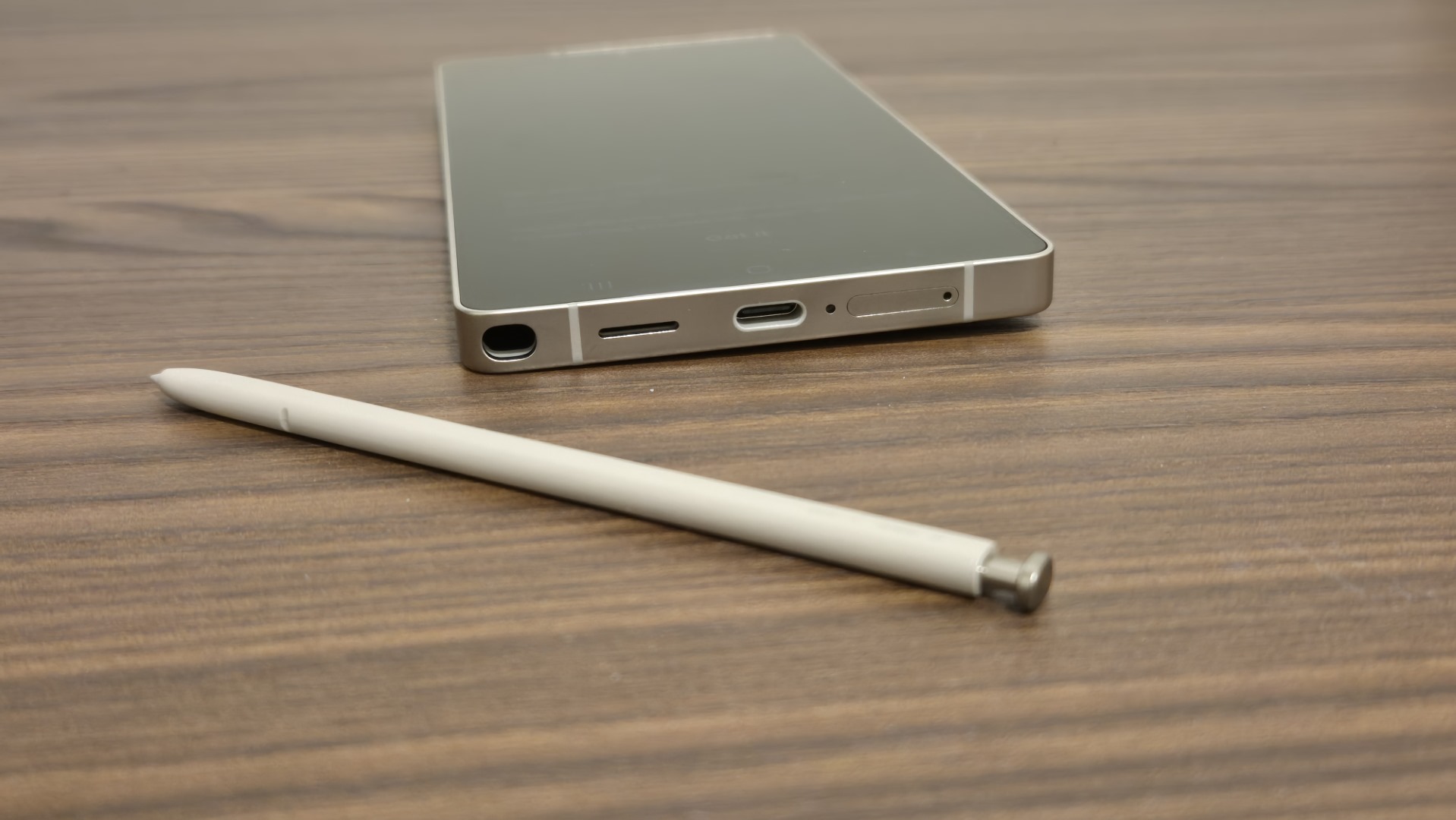
Now, after extensive testing, this review takes a deep dive into the S25 Ultra’s design, display, performance, camera capabilities, and overall user experience to see if it’s truly a flagship worth upgrading to.
Design and Build: Slimmer, Lighter, and More Refined Ultra
The Galaxy S25 Ultra may look familiar at first glance, but Samsung has made some subtle yet meaningful refinements that make a real difference. It’s slimmer, lighter, and more comfortable to hold, all while maintaining the premium feel the Ultra series is known for.
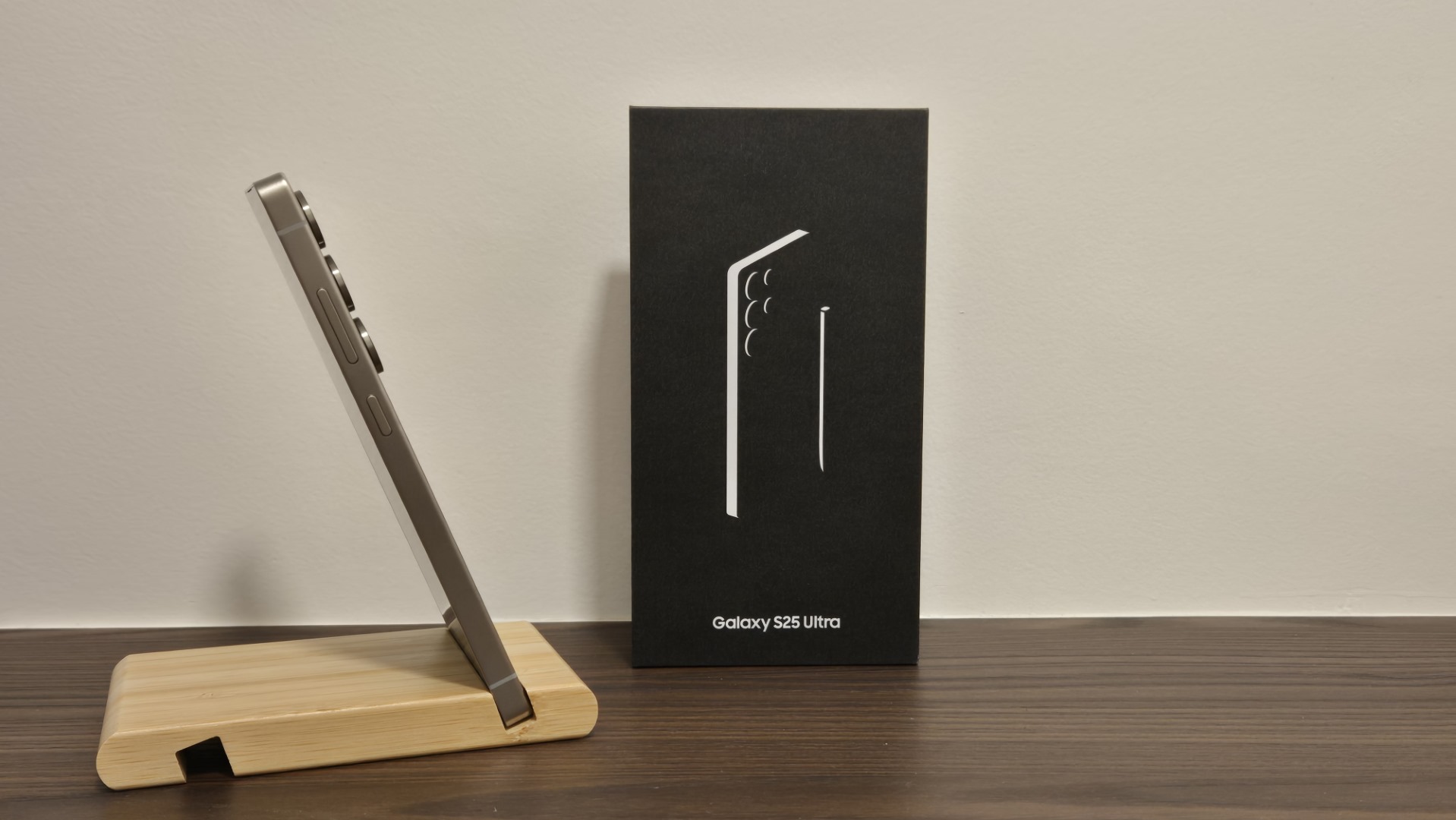
At 162.8 x 77.6 x 8.2 mm and 218g, it shaves off a bit of bulk compared to last year’s S24 Ultra (162.3 x 79 x 8.6 mm, 232g/233g). The weight reduction might not sound like much, but in hand, the difference is noticeable. It’s still a big phone, but it feels more balanced and slightly easier to grip.
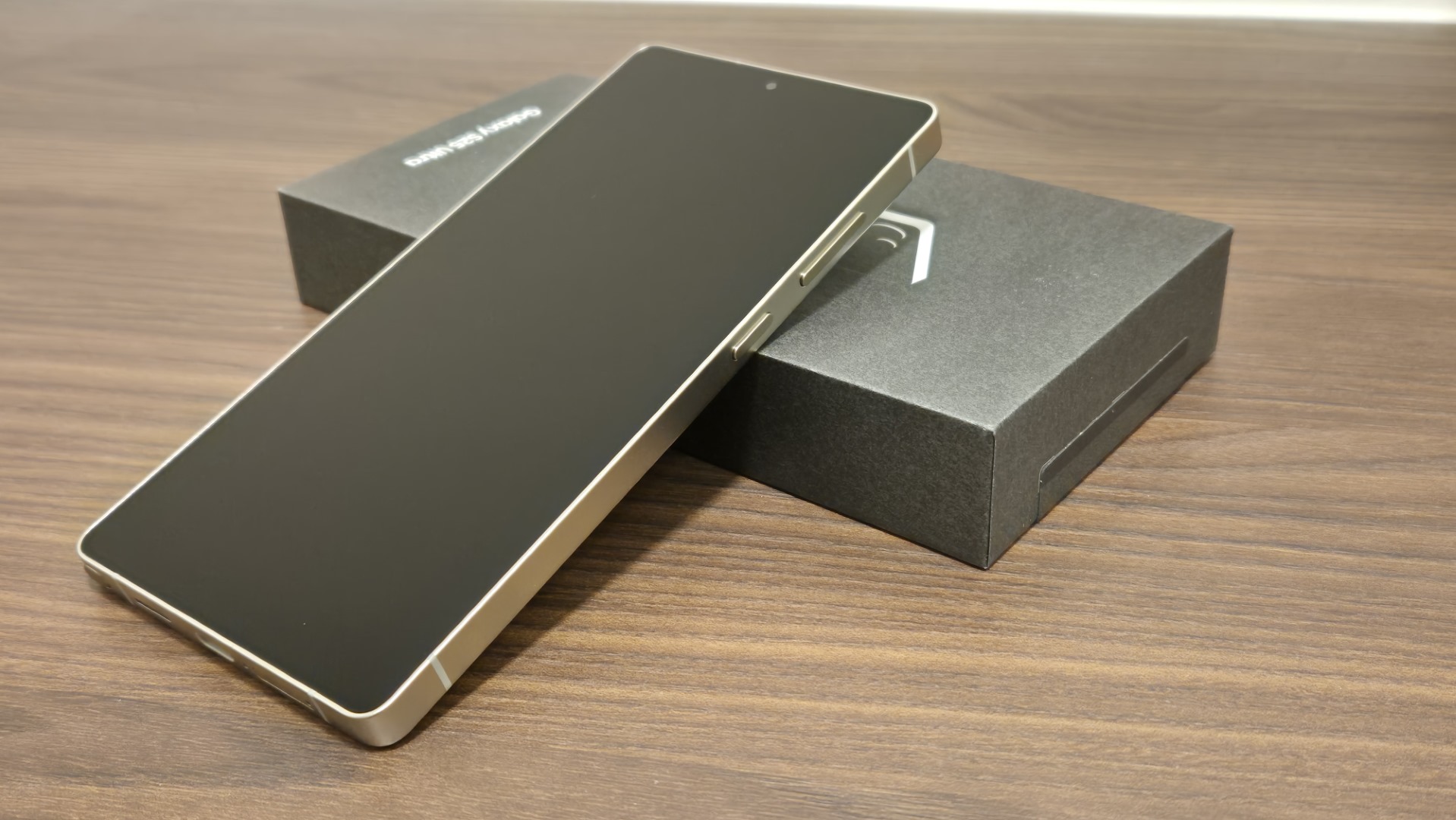
Samsung has also upgraded its materials for better durability. The front and back are now protected by Corning Gorilla Armor 2, which offers improved scratch resistance and impact protection. Meanwhile, the titanium frame has been upgraded from Grade 2 to Grade 5, making it stronger while keeping the weight in check. These changes aren’t drastic, but they contribute to a more polished and robust device.
Aesthetic and Colour Options
The Titanium Black unit I tested looks stunning. The matte finish gives it a sleek, understated elegance—deep and rich without being too glossy. It’s also better at resisting fingerprints than shinier finishes, though grease smudges can still show up under direct light.
It’s one of those phones that make you think twice about using a case. You want to protect it, but at the same time, the design is too good to hide. If black isn’t your thing, there are plenty of other colours to choose from. The standard options in Malaysia include:
- Titanium Black
- Titanium Silverblue
- Titanium Whitesilver
- Titanium Gray
For those looking for something more unique, Samsung.com also offers three exclusive colors:
- Titanium Jetblack
- Titanium Jadegreen
- Titanium Pinkgold
With these refinements, the S25 Ultra isn’t just about small tweaks—it feels more refined, more comfortable, and every bit as premium as you’d expect from Samsung’s top-tier flagship.
Display and Performance: A Familiar Yet Powerful Experience
Samsung has kept the display formula unchanged from last year’s model, but that’s not necessarily a bad thing. The S25 Ultra features a Dynamic LTPO AMOLED 2X panel with a 120Hz refresh rate, HDR10+ support, and an impressive peak brightness of 2600 nits—ensuring vivid colours, deep blacks, and smooth interactions. The only difference? The screen is now 6.9 inches instead of 6.8 inches, a marginal increase that’s barely noticeable but technically makes it the largest Ultra display yet.
Performance: AI-Powered Speed and Efficiency
The Galaxy S25 Ultra isn’t just about raw power—it’s about how that power is optimized for AI-driven tasks and high-resource applications. Samsung’s Snapdragon 8 Elite for Galaxy chipset has been fine-tuned specifically for Samsung hardware, giving it better efficiency, smoother cross-app AI performance, and improved heat dissipation through redesigned thermal chambers.
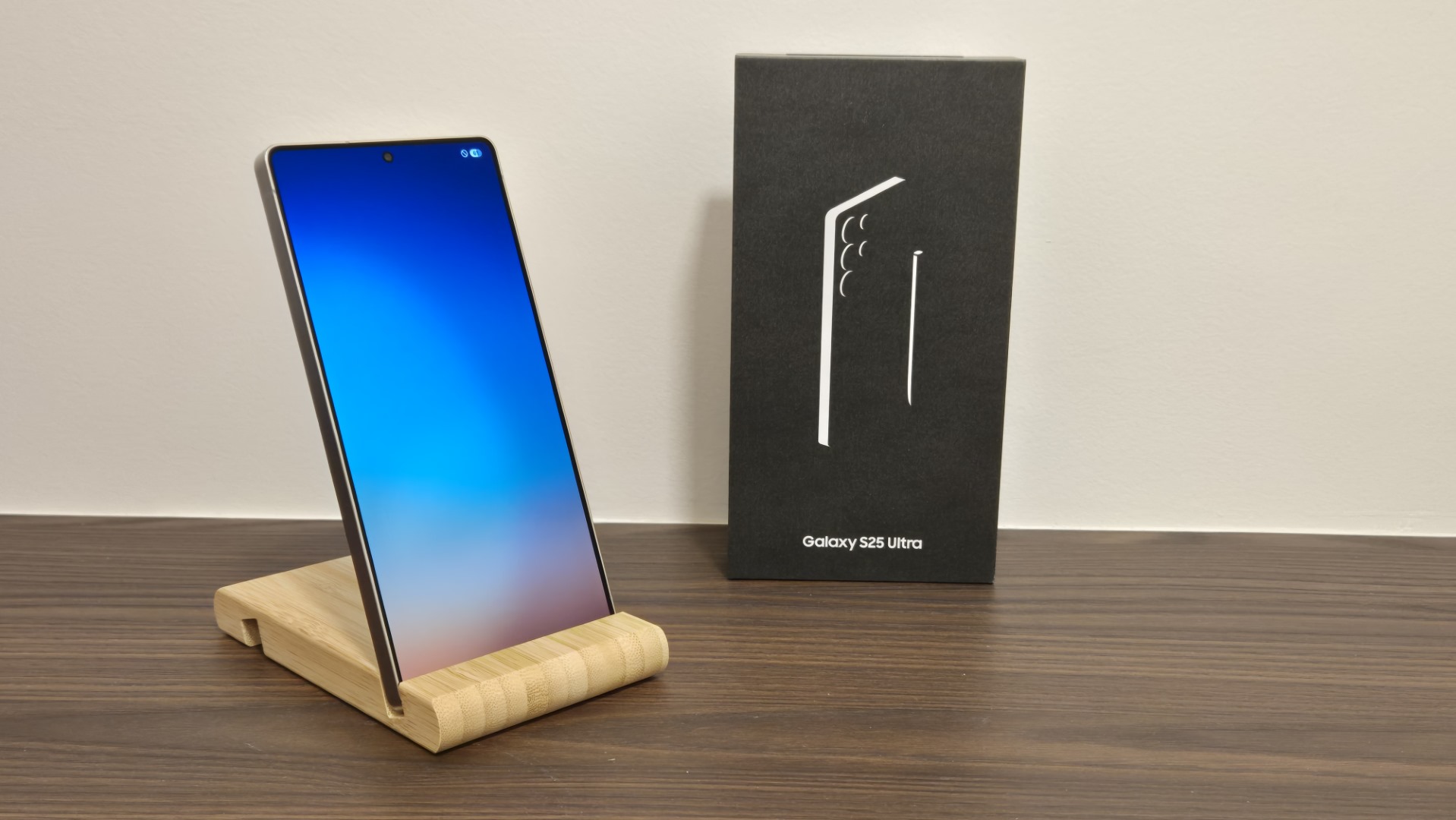
That level of optimization translates to buttery-smooth app performance, even as the phone accumulates files and cache over time. With 12GB of RAM as standard, the S25 Ultra handles multitasking like a champ. Whether it’s watching YouTube while using Circle to Search, switching between multiple demanding apps, or even processing AI-driven tasks, the phone never slows down. The industry-wide push toward increasing RAM on flagship devices is paying off here, ensuring the S25 Ultra remains fast and responsive for years to come, especially with Samsung promising up to seven years of software support.
Audio Quality: Louder, Clearer, and More Immersive
The Galaxy S25 Ultra’s speakers have received a noticeable upgrade, offering richer sound with deeper bass and crisper highs. Compared to its predecessor, the audio feels fuller and more balanced, making for a more immersive experience when watching videos, gaming, or listening to music. Samsung has tweaked the speaker design, likely incorporating a larger resonance chamber to enhance overall sound clarity and volume output. Whether you’re using the stereo speakers or wired/wireless headphones with Dolby Atmos, the audio performance on the S25 Ultra is a step up, delivering clearer dialogues and improved depth in music and gaming audio.
Gaming Performance and Battery Life
Gaming is where the S25 Ultra truly flexes its power. Even with high-performance, resource-hungry titles like Wuthering Waves running at max settings, the phone maintained steady frame rates with no stutters or throttling. Other demanding games like Need for Speed and Genshin Impact delivered equally smooth gameplay, reinforcing just how capable the chipset and GPU are.

Battery efficiency is another highlight. Wuthering Waves consumed just 1% of battery every three minutes, meaning an hour-long session drained around 20%—a solid result for a game known for its high power consumption. The 5,000 mAh battery hasn’t changed from last year’s model, but Samsung’s software optimizations help ensure all-day battery life, much like its predecessor.
Heat Management: Gaming vs. Camera Use
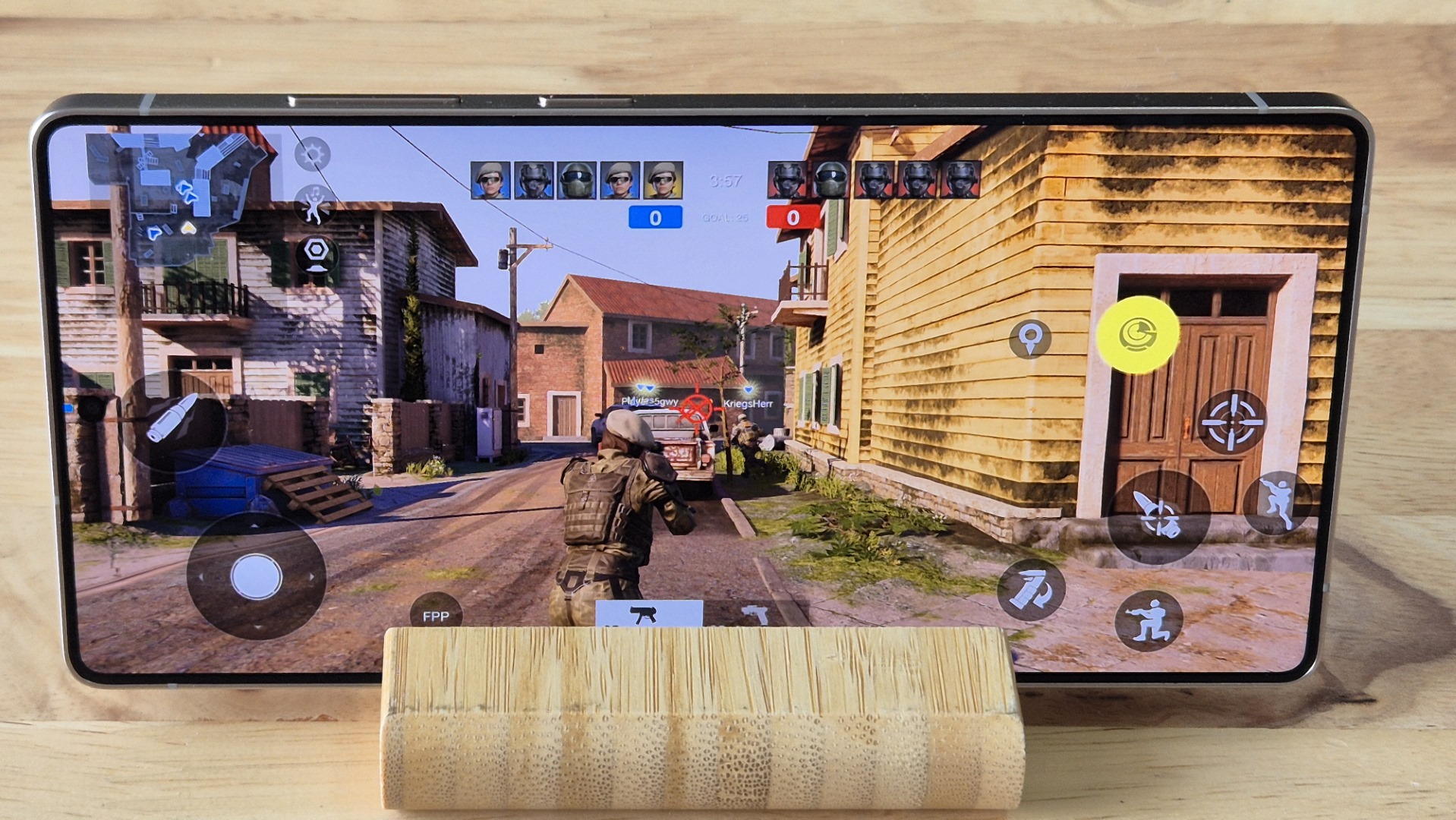
While the S25 Ultra remains impressively cool under most conditions, extended gaming sessions do make it noticeably warm. However, the heat levels are manageable and never reach an uncomfortable point, even after an hour of gameplay. The real heat buildup happens elsewhere—during prolonged photo sessions. The camera system’s advanced AI processing seems to generate more heat than gaming, which I’ll cover in more detail in the Camera section below.
AI Features: Useful or Just a Gimmick?
Samsung has packed the S25 Ultra with AI-driven enhancements, some more useful than others. Features like AI Select (formerly Smart Select) allow for screen-freezing and cropping, similar to Google’s Circle to Search, while Generative Edit can remove unwanted objects from images. There’s also an Audio Eraser, which helps isolate voices in recordings—a handy feature that works well in noisy environments.
However, some of the new AI tools feel like Samsung is trying to keep up with Google, rather than offering something truly groundbreaking. Now Brief, which is meant to aggregate personal data intelligently, doesn’t seem particularly useful, and Samsung’s cross-app AI functionality still has some limitations when handling complex tasks.
That said, Samsung is clearly betting big on AI, and with time, these features could become more refined. For now, the S25 Ultra’s AI integration enhances the overall experience in subtle ways, but it’s the raw performance and efficiency that truly makes this phone stand out.
S Pen: Refined Experience with Some Trade-Offs
Samsung has simplified the S Pen experience on the Galaxy S25 Ultra by removing Bluetooth connectivity, which means air gestures and remote camera controls are no longer available. This decision was based on low user engagement with these features, allowing Samsung to streamline the stylus while maintaining its core functionality.
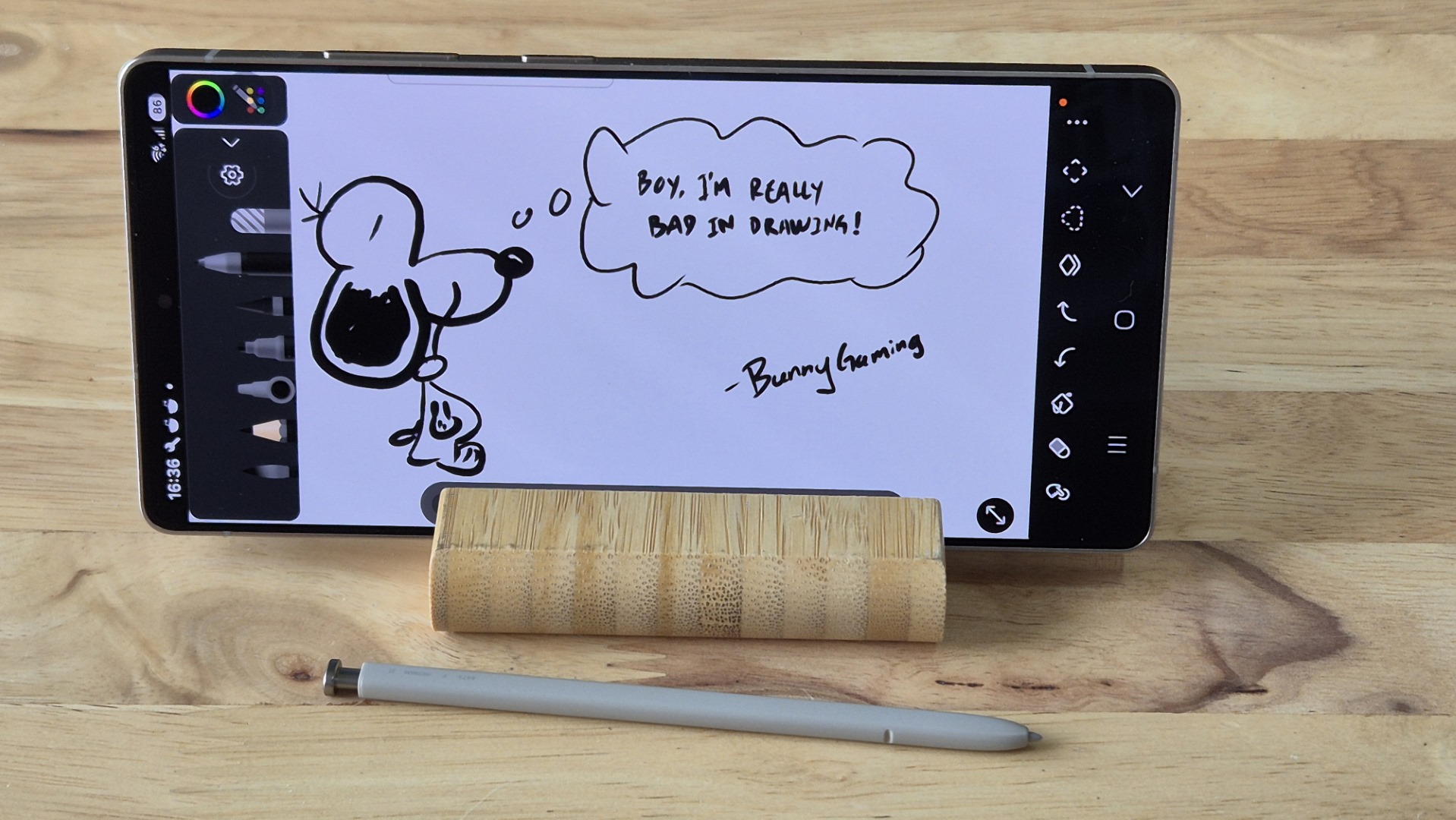
Despite these changes, the S Pen still delivers precise input for note-taking, sketching, and navigation, with its 0.7mm fine tip and 4,096 pressure sensitivity levels ensuring accurate and responsive performance. For users who rely on the S Pen for productivity and creative tasks, it remains a valuable tool, even without the remote capabilities. While some may miss the extra features, Samsung has focused on refining the essentials, ensuring the stylus remains fast, fluid, and reliable.
Camera: Powerful Zoom, but Ultrawide Feels Like a Numbers Game
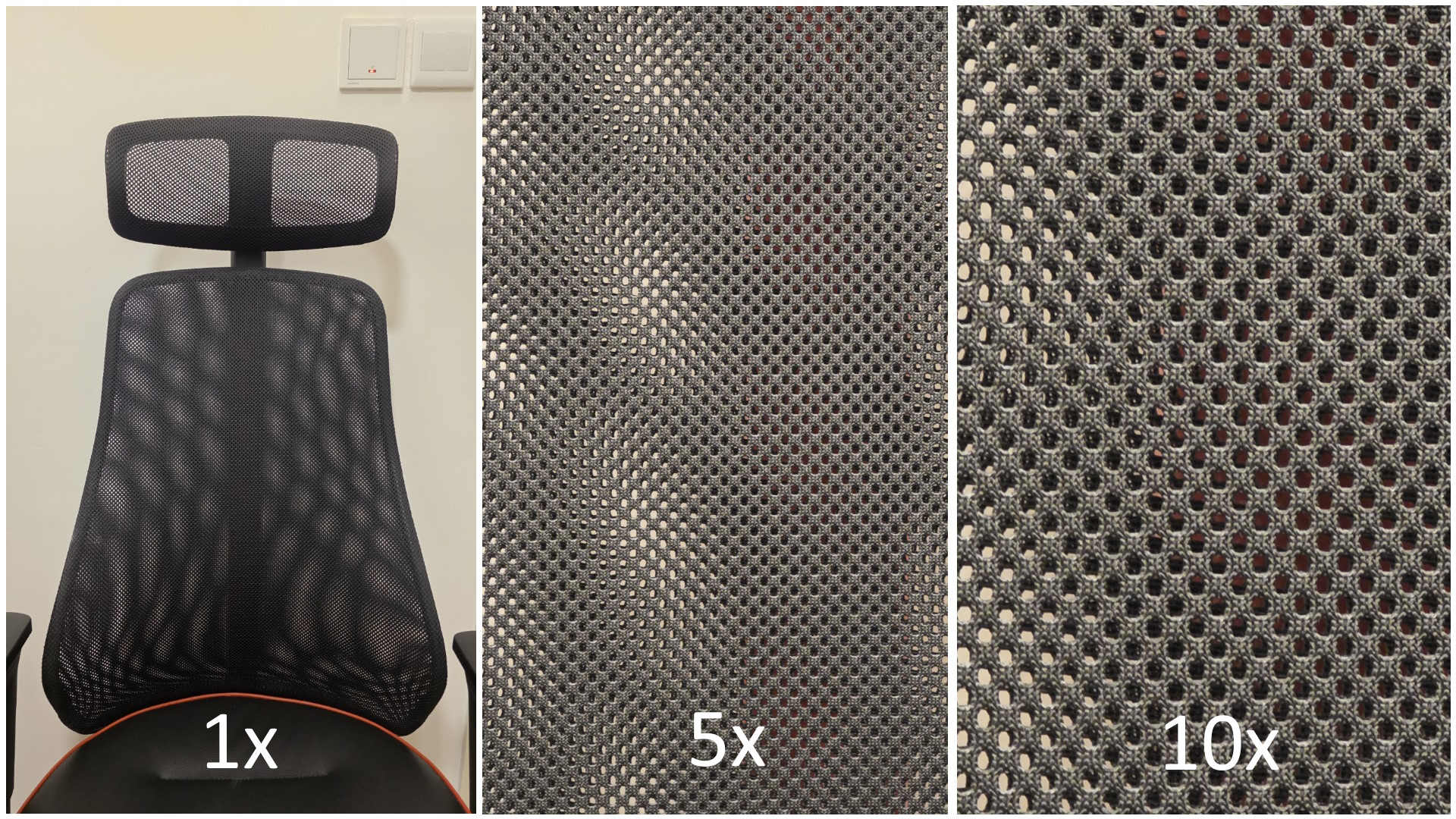
The biggest upgrade to the S25 Ultra’s camera system this year is its new 50MP ultrawide sensor, a significant jump from the 12MP ultrawide camera on the S24 Ultra. On paper, this promises more detail and sharper images, but in reality, the difference isn’t as dramatic as I expected. Day-to-day shots with the ultrawide lens look great, but unless you’re pixel-peeping, it’s hard to notice a major improvement over last year’s model.

To put the cameras to the test, I took the S25 Ultra to the Zoo, where I ran around sniping shots of animals from various distances. Unsurprisingly, the results were fantastic, but what really stood out was the 5x telephoto lens—it’s easily one of the best aspects of this camera system. The zoom is sharp, detailed, and incredibly useful for capturing subjects from a distance without sacrificing quality. At 10x zoom, you’ll need steady hands for the best results, which is to be expected at higher zoom levels, but when you get it right, the images come out stunningly crisp.


Samsung has long been one of the best in the industry when it comes to low-light photography, and the S25 Ultra continues that trend. The 200MP main sensor does a great job of capturing details in dim conditions, and Samsung’s Nightography AI processing helps balance exposure, noise, and sharpness. In most cases, night shots retain good detail without excessive over-processing, but some aggressive noise reduction can occasionally smooth out finer textures.

The 50MP ultrawide camera, despite its sensor upgrade, doesn’t show a dramatic improvement in low-light conditions. While it can still capture a decent amount of detail, noise is more noticeable compared to the main sensor, and images tend to lose some sharpness. However, the 5x telephoto lens holds up surprisingly well, delivering solid results in nighttime cityscapes or well-lit urban environments.
Samsung’s dedicated Night Mode kicks in automatically when needed, and it helps with dynamic range, though the results can sometimes lean toward an artificially brightened look. If you prefer a more natural low-light shot, turning off Night Mode can sometimes yield better results, albeit with more noise.
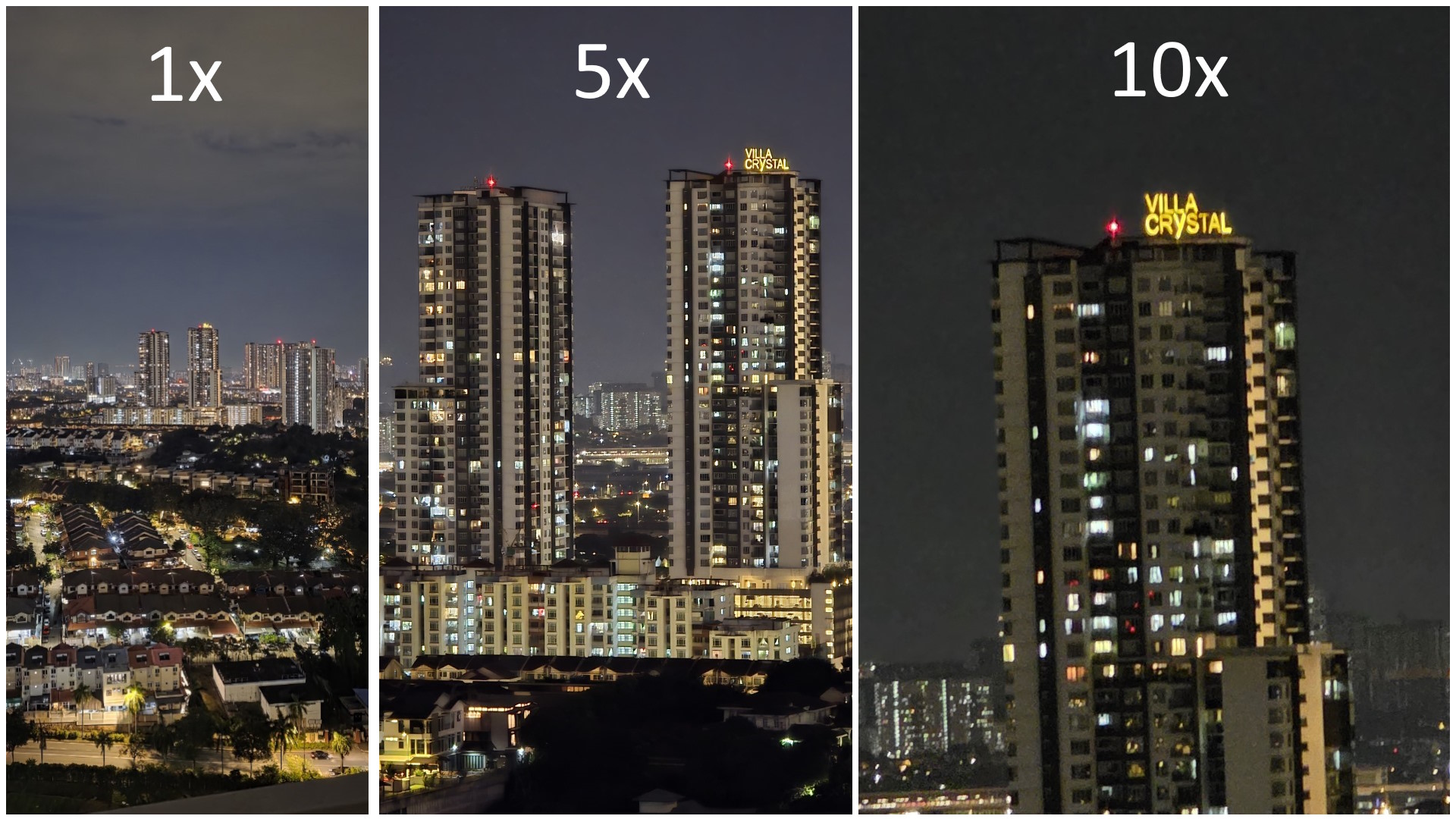
Samsung’s AI-driven camera features are present here too, with tools like Generative Edit, which lets you remove unwanted objects from photos, and AI Select, which allows for precise cropping and content-aware edits. These features work well, but they aren’t groundbreaking compared to what Google’s Pixel devices have been offering.
At the end of the day, the S25 Ultra’s camera system is more about refinement than revolution. The 5x zoom is excellent, the 10x is very usable, and the ultrawide camera upgrade feels like a minor improvement rather than a game-changer. Samsung has fine-tuned what was already a great camera system, but outside of zoom performance, there aren’t many jaw-dropping changes this year.
Photo Performance and Heat Management
The S25 Ultra continues to be a reliable performer in most lighting conditions, handling dynamic range, contrast, and colour reproduction well. The main 200MP camera delivers excellent results, and Samsung’s AI processing helps balance shadows and highlights effectively. But one issue I ran into was heat buildup during extended photography sessions.
Taking a few photos here and there is no problem, but prolonged use of the camera—especially with high-resolution shots and zooming—makes the phone noticeably hot. The warmth is more intense than during gaming sessions, which suggests the phone works harder processing images than it does running mobile games. While it never got to the point of overheating or performance throttling, it was definitely noticeable.
Video Performance
When it comes to videos, optical image stabilization (OIS) and AI-powered software stabilization make handheld shots incredibly smooth, even when filming in 4K at 60fps. If you push it to 8K recording, the results are sharp and detailed, but you’ll need steady hands or a tripod for the best outcome. It’s important to remind you at this point that if you’re planning to get the S25 Ultra to take many videos with, you might have to make sure you have the budget to get the 512GB or 1TB models because the 256GB will not be enough.
Low-light video recording has also seen some refinements, with better noise control and improved shadow detail compared to last year’s model. HDR10+ support enhances dynamic range, helping maintain details in both bright highlights and deep shadows. However, Samsung’s post-processing can still lean toward oversaturation, which gives videos that signature “Samsung pop”—vivid, but not always the most natural-looking colour profile.
For those who love to shoot action-heavy content, Super Steady Mode does a fantastic job of reducing shake, though it locks the resolution at 1080p for optimal performance. Audio recording has also improved, with better wind noise reduction and clearer voice pickup, making the S25 Ultra an excellent vlogging or travel companion.
Battery Life: Efficient, but Charging Still Lags Behind
Samsung has played it safe in the battery department, sticking with the same 5,000mAh capacity that we’ve seen in previous Ultra models. While that might sound like more of the same, real-world performance tells a different story. The new Snapdragon 8 Elite for Galaxy chipset appears to be managing power more efficiently, resulting in better battery life despite no change in capacity.
During my trip to the Zoo, where I was actively using the phone for photos, videos, navigation, and social media from 10 AM to 2 PM, the battery dropped from 95% to 65%. That’s 224 photos, several videos, and constant usage over four hours—yet I still had 65% left. That’s impressive by any standard.
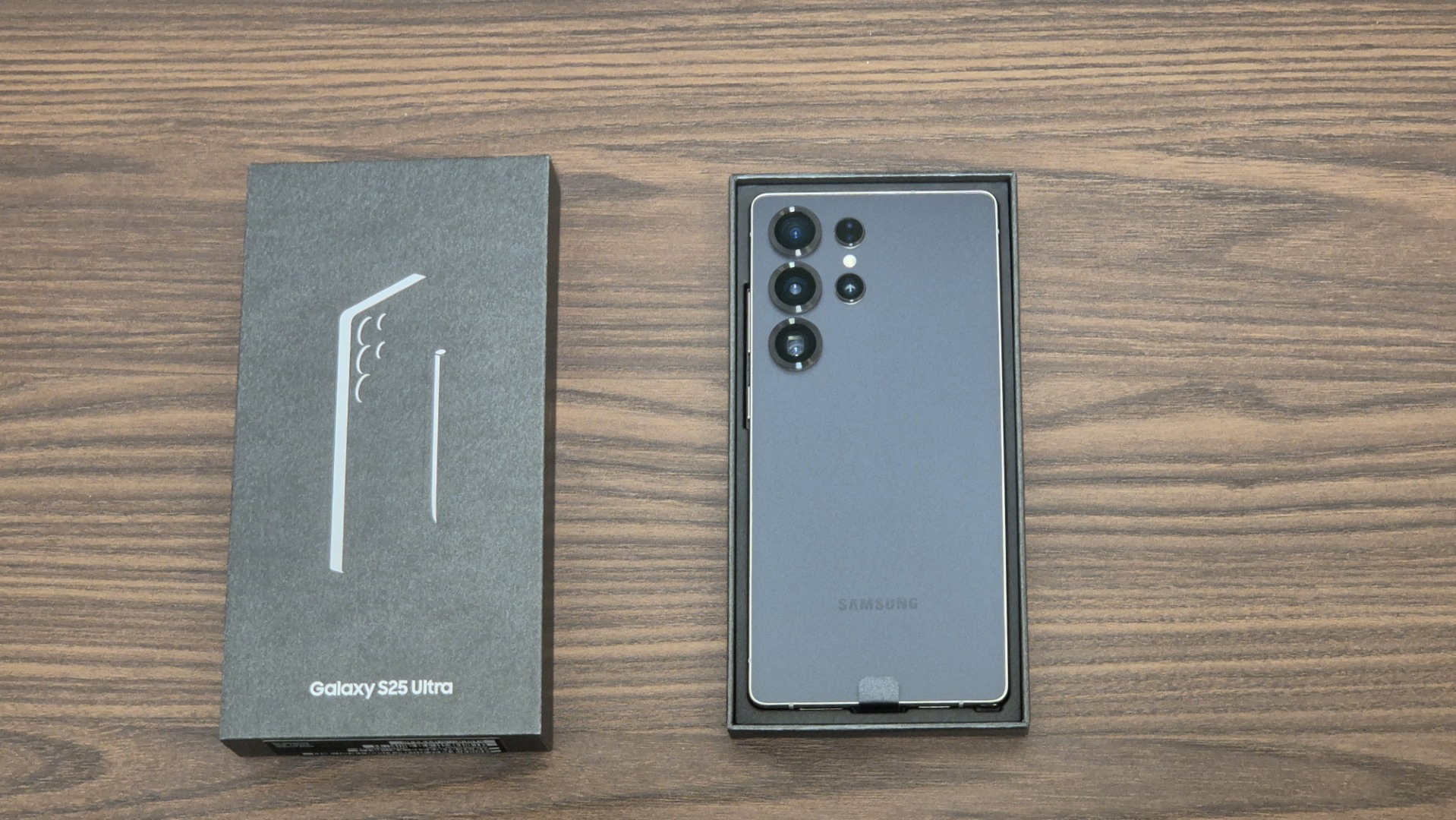
Gaming also yielded strong battery performance. As mentioned earlier, Wuthering Waves on the highest settings drained just 1% every three minutes, meaning an hour of intense gameplay only took about 20%. This suggests that Samsung’s software optimizations and power-efficient chipset are doing a solid job of extending battery life.
Unfortunately, charging speed remains the biggest drawback. Samsung continues to cap wired charging at 45W, while competitors have moved well beyond this. For a flagship of this caliber, it feels outdated. While 45W is reliable and safe, it’s hard to ignore that other brands are offering 100W+ fast charging, which can fully charge a phone in under 30 minutes.
At this point, Samsung really needs to step up its charging game. The S25 Ultra has a great battery life, but the slow charging speed makes it less convenient for power users who need a quick top-up. If you’re someone who charges overnight, this won’t be a deal-breaker, but if you’re used to fast-charging tech from other brands, you might find this frustrating.
All-in-all
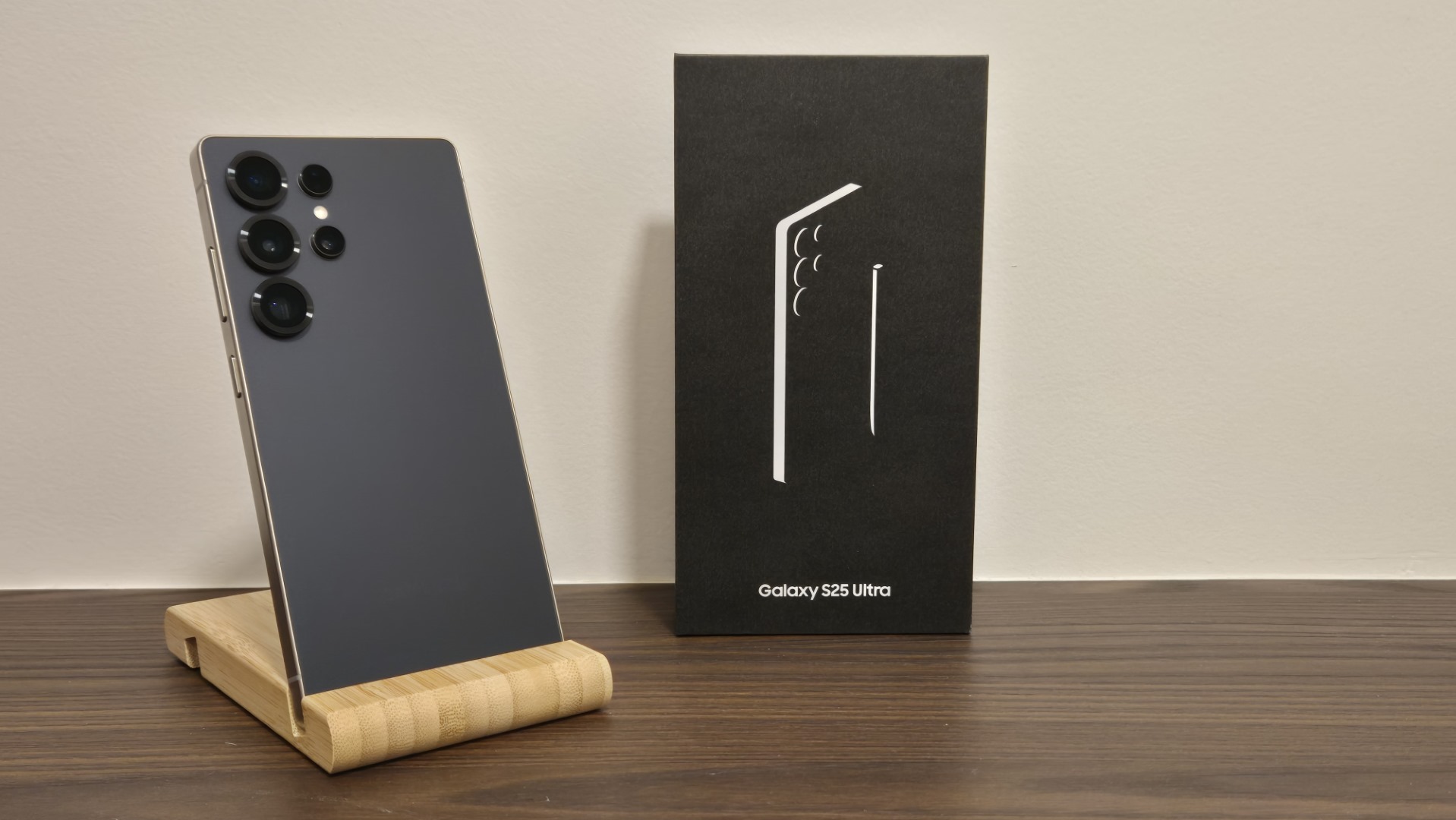
What I like about the phone;
- Refined Design: Slimmer, lighter, and built with premium materials (Corning Gorilla Armor 2 and Grade 5 titanium) that offer a sleek, durable, and comfortable experience.
- Display Excellence: The Dynamic LTPO AMOLED 2X panel with a 120Hz refresh rate, HDR10+ support, and peak brightness of 2600 nits delivers vivid visuals and smooth interactions.
- Outstanding Performance: The Snapdragon 8 Elite for Galaxy, combined with 12GB of RAM, ensures buttery-smooth multitasking, efficient AI-driven processing, and impressive gaming performance with minimal stutters.
- Enhanced Audio: Upgraded speakers provide richer, clearer, and more immersive sound for media consumption and gaming.
- Camera Versatility: The 5x telephoto lens shines with excellent zoom quality, and the overall camera system—while refined rather than revolutionary—performs reliably in various conditions, including low-light photography and video recording.
- Improved Battery Efficiency: Better power management means the 5,000mAh battery lasts well under heavy usage, as evidenced by strong performance in both gaming and extended photography sessions.
What I wish was better:
- Heat Management Issues: Extended camera use can generate more noticeable heat compared to gaming, which may affect prolonged shooting sessions.
- Charging Speed: The persistent 45W charging cap feels outdated compared to competitors offering significantly faster charging speeds, making quick top-ups less convenient for power users.
- AI Features: Some AI enhancements, while useful, come off as incremental and sometimes seem like Samsung’s effort to keep up with competitors rather than setting new benchmarks.
Final Verdict
The Galaxy S25 Ultra is a refined, polished flagship that builds upon Samsung’s already successful formula. The sleeker design, improved durability, enhanced display, and powerful performance make it a top-tier choice for those looking for a premium smartphone experience. The camera remains a standout feature, the audio has been upgraded, and battery efficiency has improved thanks to better power management from the Snapdragon 8 Elite for Galaxy chipset.
However, the S25 Ultra’s upgrades are incremental rather than groundbreaking, which might not be enough to entice those already using an Ultra phone from the last two generations. If you’re coming from the S24 Ultra or even the S23 Ultra, the improvements—while noticeable—may not feel significant enough to justify an immediate upgrade. That being said, Samsung’s trade-in programs tend to be quite generous, and if you can get a good deal, that could make upgrading a more compelling option.
For those coming from older models like the S21 Ultra or S22 Ultra, this phone is a meaningful step up, offering better performance, a more durable design, a sharper camera experience, and longer software support. But if you’re expecting a revolutionary leap, you may not find it here. The S25 Ultra is more of a refinement than a reinvention—but it remains one of the best flagship smartphones on the market today.
